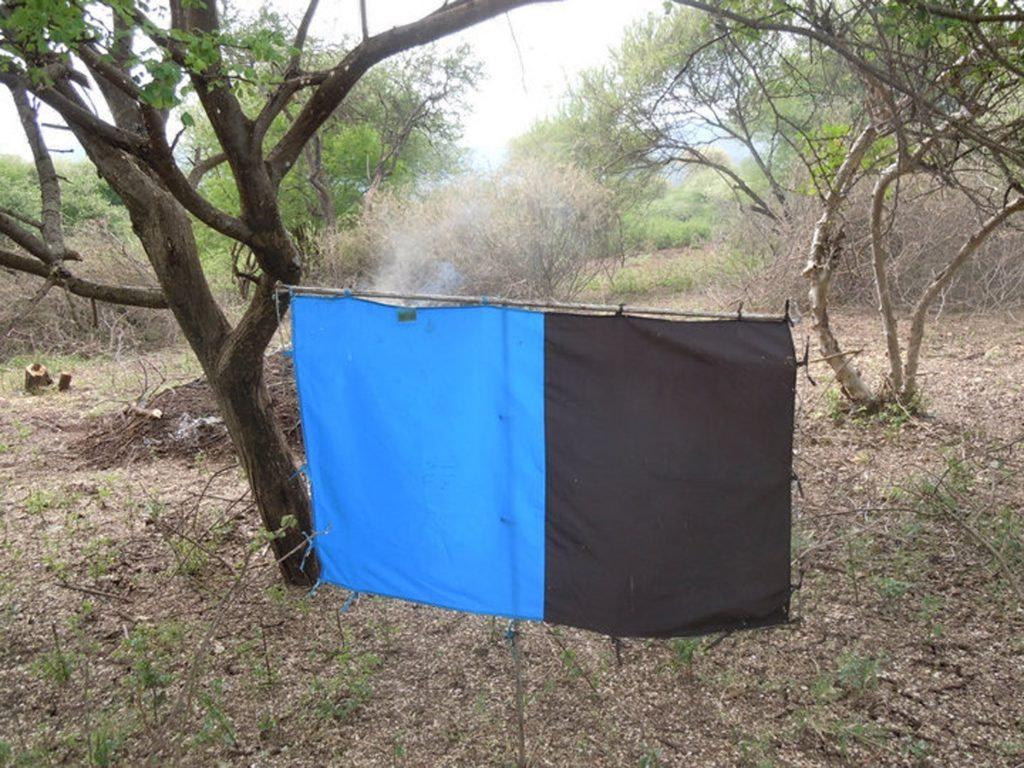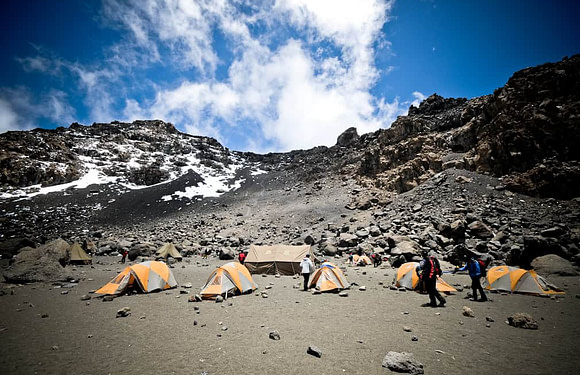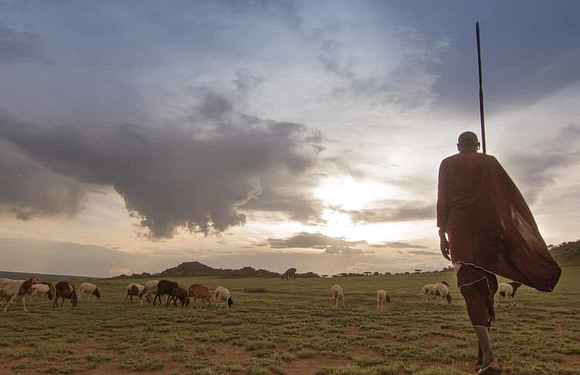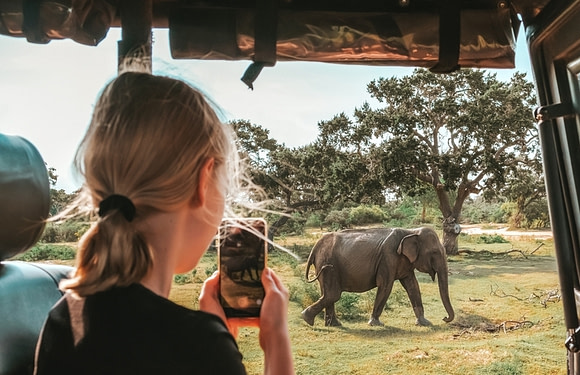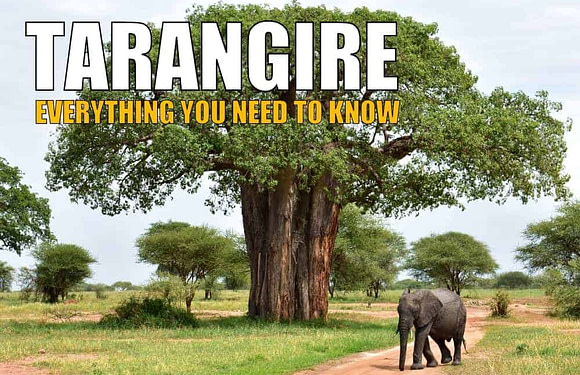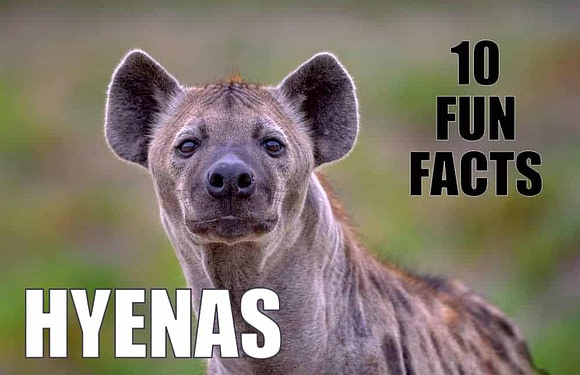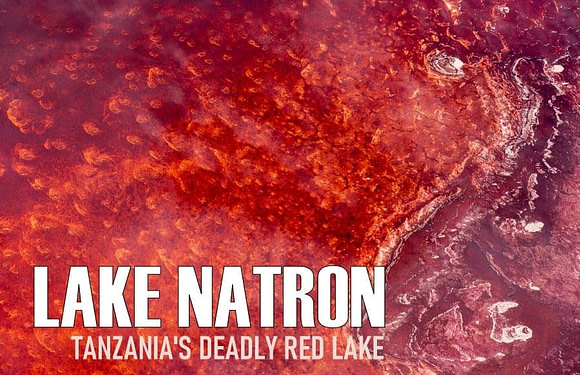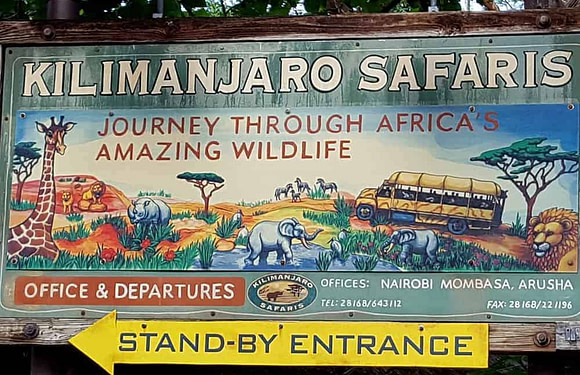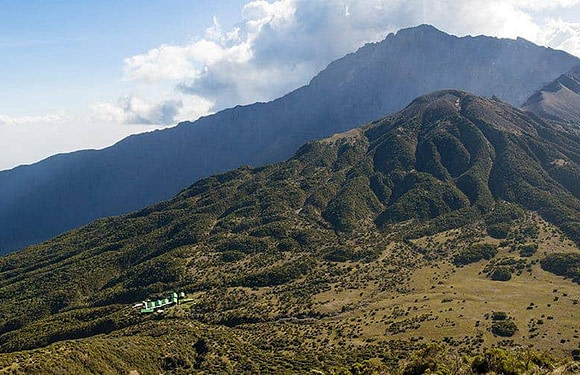
Tsetse flies are biting insects that inhabit much of tropical Africa. They are not found on Mount Kilimanjaro, but are prevalent throughout Tanzania’s Northern Circuit parks – especially in Tarangire, Lake Manyara, and parts of the Serengeti. You will undoubtedly see these insects if you go on a safari.
The word “tsetse” means “fly” in Tswana. There are 23 species of the fly, which belong to the genus Glossina and family, Glossinidae. Their appearance resembles that of a large house fly, ranging from 6 to 16 mm (.2 to .6 inches) in length. They are yellowish brown in color with dark markings on the thorax (chest).
Tsetse flies have two characteristics body that stand out. One, its wings can fold back completely where one wing rests directly on top of the other. Two, the have a long, forward-projecting proboscis. This tubular mouthpart is used for feeding on the blood of humans and animals.
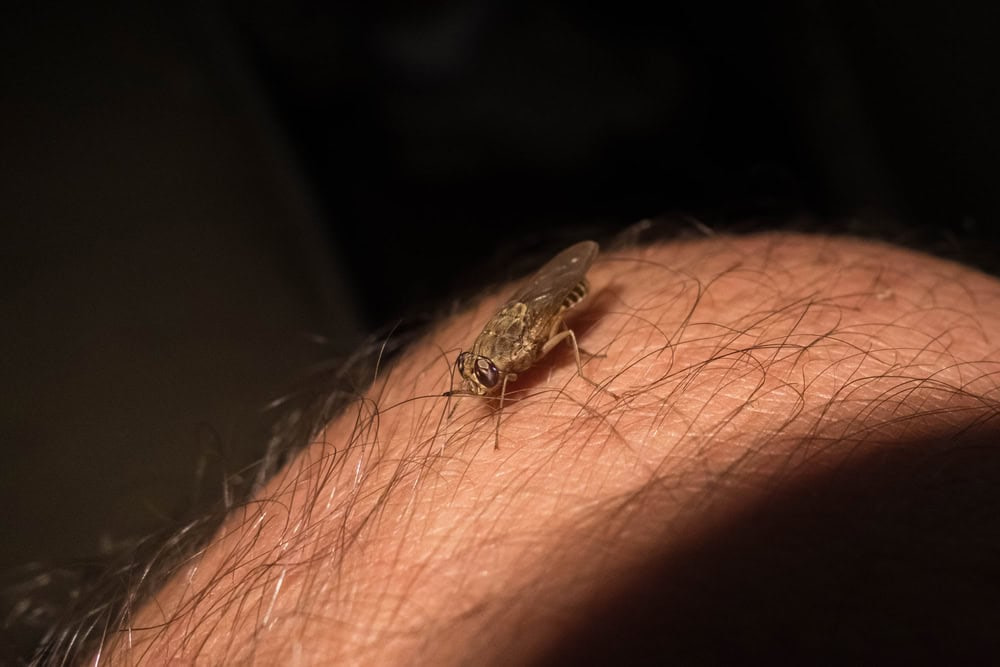
What is African Sleeping Sickness?
Tsetse flies can transmit the trypanosomiasis parasite from infected to uninfected humans and animals. This parasite can cause a disease known as African Sleeping Sickness.
Symptoms of African Sleeping Sickness include fatigue, headaches, muscle aches and a high fever. If the disease progresses, it affects the central nervous system, resulting in sleep disorders, psychiatric disorders, seizures, coma and even death.
Although there are no vaccines or prophylactics for African Sleeping Sickness, the likelihood of becoming ill from a tsetse fly bite are tiny. The chances of infection are less than 0.1%. In fact, most cases of African Sleeping Sickness occur in local hunters and farmers have been repeatedly exposure to bites over many years.
The chances of a tourist contracting African Sleeping Sickness are incredibly low. However, be diligent in seeking medical help if you develop possible symptoms. They can occur several months after you return from a tsetse-infected area.
How Can I Avoid Tsetse Flies?

Do not be overly concerned with the presence of tsetse flies.
You will almost certainly encounter some if you spend several days in the bush. They are more a nuisance than a real danger. However, it’s still not pleasant to be bitten by tsetse flies. Their bites can be painful and can cause red, itchy bumps.
Here are precautions you can take to avoid tsetse flies:
- Do not wear blue, black or bright colored clothing (more on this below).
- Wear light neutral tones like ivory, tan, gray, olive, and taupe.
- Wear long sleeved shirts and pants to cover exposed skin.
- Avoid walking through dense brush during the hot hours of the day.
- Use insect repellent containing DEET.
- Sleep with a mosquito net (provided at lodges and tented camps).
Are Tsetse Flies Attracted to Certain Colors?
Interestingly, tsetse flies have color vision and are attracted to certain bright, dark and metallic colors. Studies have found that their top preferences are blue and black, followed by red, green, and yellow.
To exploit this behavior, rangers set up targets and traps made of black and blue fabrics, which are treated with attractants and insecticides. You will notice these traps set up in around buildings where park staff and tourists frequent.
